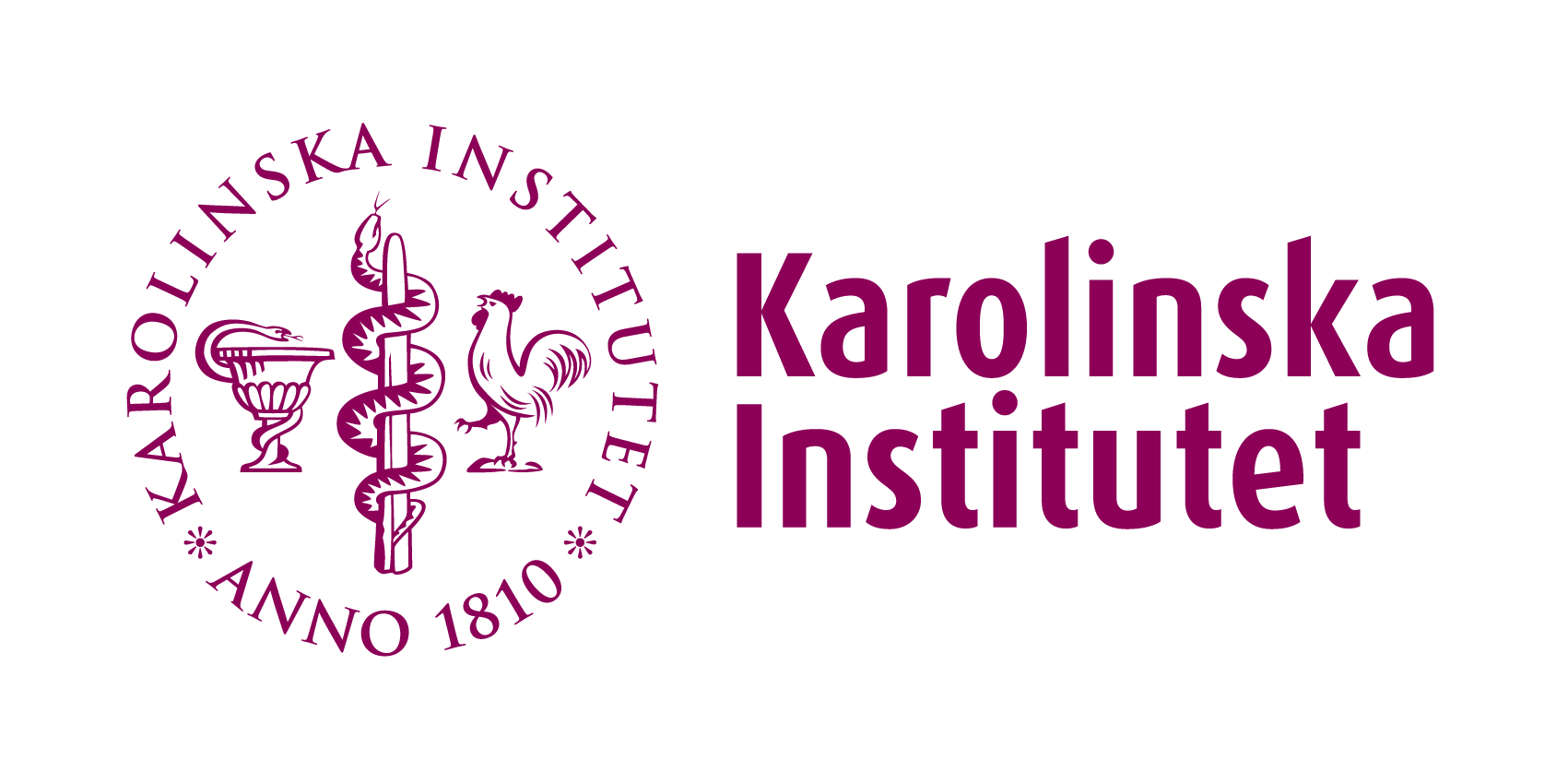Long-term result of collagen plug occlusion of anal fistula
Långtidsresultat av operation med kollagen plug vid analfistel
Responsible: Johannes Blom
Introduction
Anal fistula has among the worst surgical treatment result and many patients will need several operations without guarantee of cure. Cure rate at first operation is less when more complex fistula and treatments are employed and there is always a risk of some degree of incontinence post-operatively when the sphincter muscles are affected. Obliteration of the anal fistula lumen with a bioprosthesis is a conceptually attractive treatment because it does not imply damage to the sphincters. Initial experience with the Biodesign® Anal fistula plug demonstrated a success rate as high as 85%, but later reports with longer observation showed declining success with as low as 13%.
Project details
| Inst. molekylär medicin och kirurgi (MMK) | |
| Gastrocentrum Kirurgi, Karolinska Universitetssjukhuset, Solna, P9:03 | |
| Clinical study | |
| 1 | |
| Not decided | |
| No data/some of the data have been collected. | |
| Ethical permit is required and exists |
Supervisor/Contact
Johannes Blom
073-699 05 52
johannes.blom@ki.se
Contact 2
Per-Olof Nyström
p-o.nystrom@telia.com
Aims
To identify the long-term result of the collagen plug operation for anal fistula in a Swedish population.
Design
Retrospective observational study
Material and methods
A published study of four hospitals in the city of Stockholm (Stockholm South General Hospital, Danderyd Hospital, Ersta Hospital and Karolinska University Hospital) assessed the short-term result of the fistula plug. The plug procedure was introduced between in 2007 and 2008. In 2011 a common protocol was developed to retrospectively retrieve data from the hospital charts in all 126 patients that had received the anal fistula plug (Biodesign®) after a median observation time of 13 months. The result showed that only 24% of the fistulae were closed without discomfort or secretion. This result was worse than expected but in agreement with other reports published at the same time. What happened to the large majority of patients that failed the plug procedure?
To answer this question, the same cohort of 126 plug patients will now be evaluated after a median time of approx. 5 years. The same protocol for chart review will be used to enable comparison per patient, as well as on a group level (outcome first year vs. fifth year post-surgery). Some healed patients may have encountered a new fistula. Patients who did not heal with the plug will have had one or more secondary operations. A final result will show how many operations it takes and what proportion of patients that eventually healed the anal fistula. There is very little published information on long-term outcome of anal fistula.
To answer this question, the same cohort of 126 plug patients will now be evaluated after a median time of approx. 5 years. The same protocol for chart review will be used to enable comparison per patient, as well as on a group level (outcome first year vs. fifth year post-surgery). Some healed patients may have encountered a new fistula. Patients who did not heal with the plug will have had one or more secondary operations. A final result will show how many operations it takes and what proportion of patients that eventually healed the anal fistula. There is very little published information on long-term outcome of anal fistula.
Project time schedule
Descriptive statistics of categorical variables such as type of operative procedures, and life-table statistics of outcome at five years of follow-up.
Teaching/Supervision activities
Regular meetings with supervisors and participation in research meetings of the colorectal research group at Karolinska University Hospital, Solna. Moreover, we plan for attending the out-patient clinic and surgery department to be able to meet fistula patients.
Resources
Workstation for chart review, literature search, calculations and writing.
Miscellaneous
The study is intended for publication
